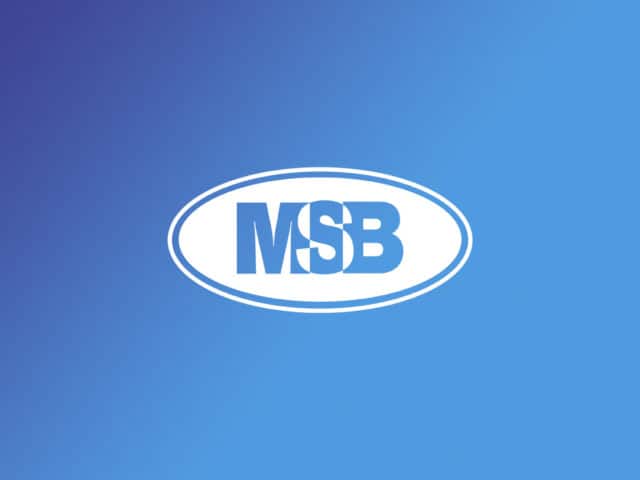Telecommunications

MSB Engineers Pimlico Race Course Wi-Fi Expansion in Time for Preakness
METAIRIE, La.–(May 31, 2018)–M S Benbow & Associates (MSB) and Aruba Networks have completed the installation of a Wi-Fi upgrade and expansion project at Pimlico […]
Read More

SCADA System for Wastewater Treatment Facility
THE CHALLENGE Dock sumps at a petrochemical company process large volumes of liquid oil waste from the dock platform and sanitary waste from operator shelters […]
Read More

Distributed Antenna System for Dallas/Fort Worth Airport
THE CHALLENGE Dallas/Fort Worth International Airport (DFW) in conjunction with the major wireless cellular carriers embarked on an airport-wide Distributed Antenna System (DAS) upgrade in […]
Read More

Public Safety 800 MHz Radio System Roadmap & VHF/UHF Narrowbanding Assessment
THE SITUATION A 9-1-1 Communications District (District) was seeking a comprehensive radio communications system and technology assessment to address system performance issues and meet forthcoming […]
Read More